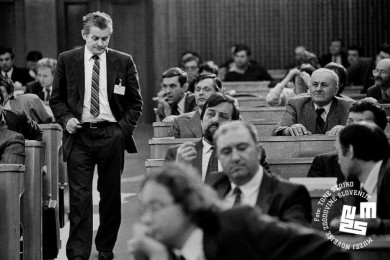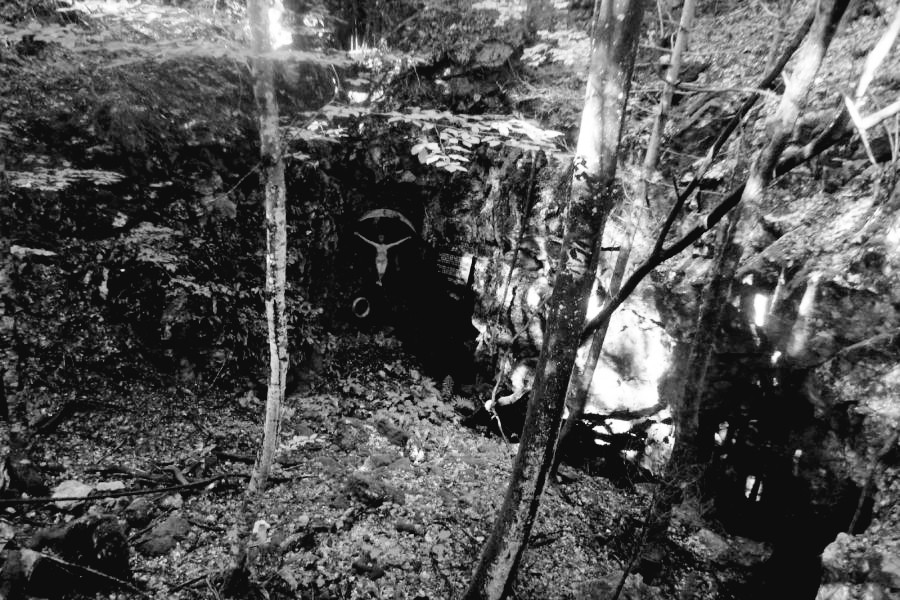16. 1. 1991: »The greatest decline in production since the war«
On Wednesday, 16 January 1991, the Slovenian Statistical Office presented the data on the situation in Slovenian industry. In 1990, Slovenian industrial production was down by as much as 10.5 per cent in comparison to 1989.
December used to be considered the most work-intense month, when numerous companies tried to meet their annual plans and competed amongst each other to see who would exceed their forecasts by the most in the last days of the year. But in recent years, December had become a more festive month.
For comparison, it should be mentioned that Slovenian industry had only produced less than it produced in 1990 on just three occasions during the entire post-war period, i.e. in 1951, 1987 and 1988. It must also be highlighted that this year’s industrial setback was the greatest since 1946 according to the Slovenian Statistical Office.
Calm before the storm
The most high-profile foreign policy events at the time involved the oil-rich Gulf as the deadline set by the UN Security Council, by which Iraq’s forces were to withdraw from occupied Kuwait, had expired. The Iraqis failed to comply and instead dug into their positions and waited for the start of an armed conflict. According to the USA, it was no longer a question of whether there would be a war, but when it would begin. As the presiding nation of the Non-Aligned Movement, the Socialist Federal Republic of Yugoslavia called on the Iraqi President, Saddam Hussein, and everyone involved in the Gulf crisis to resolve the situation peacefully.
Due to increasing tensions, thirty employees of the SCT company, who were building facilities of special importance for the defence of Jordan in Mafraq, returned from the Middle East.
Discussing the suitable arrangement of all post-war victims’ graves
The commission of the Executive Council of the Slovenian Assembly led by Viktor Blažič convened for the second time to resolve issues relating to the purpose and arrangement of graves in Kočevski Rog and other war and post-war massacre sites in Slovenia. They discussed proposals for the legal, monument and landscape arrangements of all such graves in Slovenia. The commission adopted the starting points for determining the number and locations of graves in Slovenia and their topographic drafting. They wanted to provide suitable legal bases for the graves and ensure their inviolability.
Otto von Habsburg in Slovenia
At the invitation of the Slovenian Assembly, Otto von Habsburg, son of the last Emperor of Austria, Charles I, and a Member of the European Parliament and the President of the International Paneuropean Union, visited Slovenia. The guest was met at Brnik Airport by Dr France Bučar. During his two-day visit, he spoke with the leadership of the Slovenian Assembly, members of the Executive Council and Slovenian business leaders.
»The Yugoslav People's Army will not launch a military coup«
Alija Izetbegović, the President of the Presidency of Bosnia and Herzegovina, convened a press conference of his Party of Democratic Action in Sarajevo where the upcoming talks on the new Yugoslav state constitution were specifically addressed. To the question from the press on whether a military coup was possible in Yugoslavia if the Yugoslav People's Army failed to disarm illegal armed units, Izetbegović replied in the negative. He said that this option was possible only in the event of utter chaos in the country, which in his opinion was very unlikely.
Author: Renato Podbersič ml.
Similar articles
-
Triumphant Year of 1991
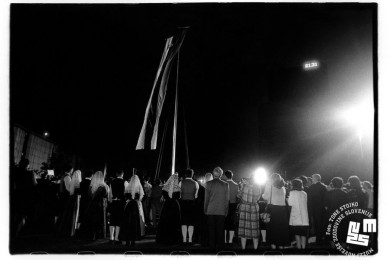
-
9. 5. 1991: Facilitated processing of independence laws
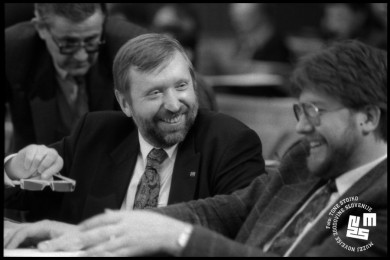
-
2. 3. 1991: Slovenians abroad and around the world in concern for Slovenia
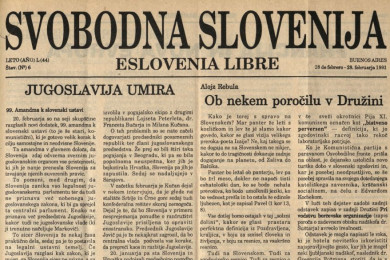
-
1. 3. 1991: Franco Juri against the transfer of conscripts to the Slovenian Territorial Defence
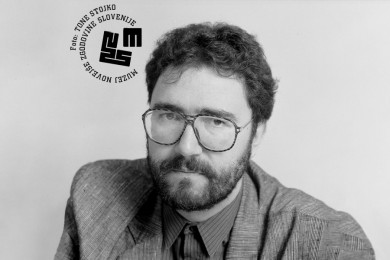
-
28. 2. 1991: Prepared defence and protection act proposal to ensure a plebiscite decision
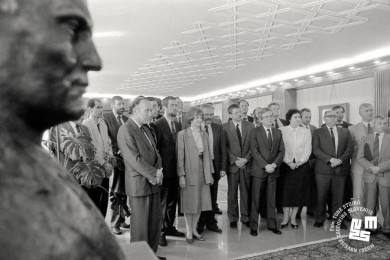
-
27. 2. 1991: The persistently looming red star
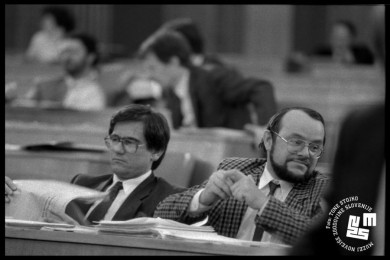
-
26. 2. 1991: A hopeless search for the Yugoslav modus vivendi
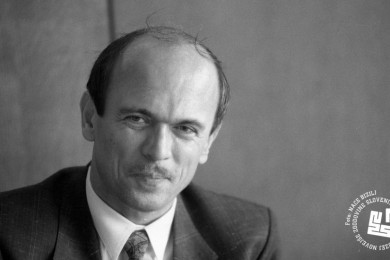
-
16. 2. 1991: Ciril Ribičič on the red star and reservations about the dissolution of Yugoslavia
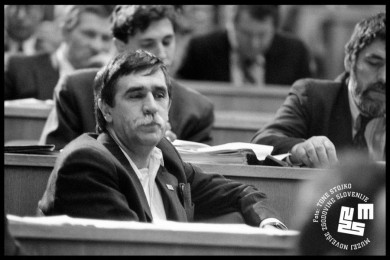
-
15. 2. 1991: Two thirds of respondents have faith in an independent Slovenia
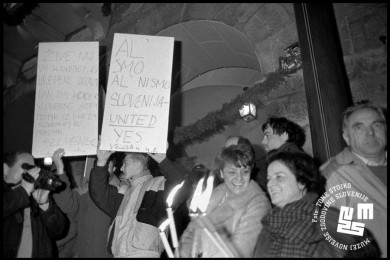
-
27. 1. 1991: Between a relaxation of tensions at home and a deteriorating situation in the Middle East
